If you’re looking for a new camera lens, you may be wondering whether to buy a telephoto lens or a zoom lens. Both have their pros and cons, and it can be difficult to decide which one is right for you.
In this blog post, we will discuss the main differences between telephoto lenses and zoom lenses, so that you can make an informed decision about which type of lens is best for your needs.
What is a Telephoto Lens?
A telephoto lens is a camera lens with a long focal length, which allows you to take close-up photos of distant subjects. Telephoto lenses are ideal for nature photography, sports photography, and any other situation where you need to capture faraway objects [1].
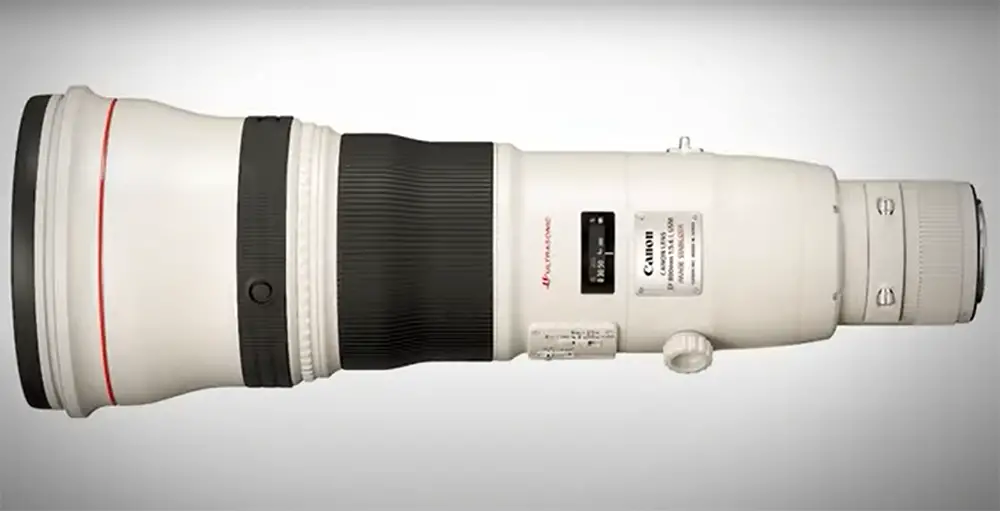
Telephoto lenses may be medium-telephoto (focal length between 70mm and 200mm) to super-telephoto (focal length over 300mm):
- 70mm-200mm telephoto lens. The term “zoom lens” is a generic one for the lenses found in many DSLR cameras. These telephoto lenses are ideal for portrait photography, as well as long-distance pictures like those from events and weddings;
- 100mm-400mm lens. The telephoto focal length of 400mm is considerably greater than the 70-200mm zoom lenses. These lenses have a higher zoom rate and are therefore ideal for wildlife and sports photography, as well as still life shots because of their exceptional clarity at a higher focal length;
- 85mm prime lens. Telephoto lenses are great for portraits that have sharp subjects and blurred backgrounds. The “Portrait Mode” on your smartphone will typically mimic photographs taken with an 85mm prime telephoto lens;
- 135mm prime lens. Telephoto lenses with a wide aperture produce dramatic effects and are popular for portraiture, weddings, and events. These lenses have a shallow depth of field comparable to that of an 85mm prime lens but at greater distances. Portrait, wedding, and event photography are where these lenses shine;
- Super telephoto prime lens. The most common starting focal length for this lens is 600mm. These telephoto lenses are ideal for recording beautiful wildlife shots from long distances. The depth of field with these super-telephoto lenses is extremely narrow;
The lenses that range from mild to significant modifications to the camera’s field of view may be obtained. Telephoto lenses are an excellent way to capture a large amount of information using f-stop numbers and varying shutter speeds while using a full-frame camera.
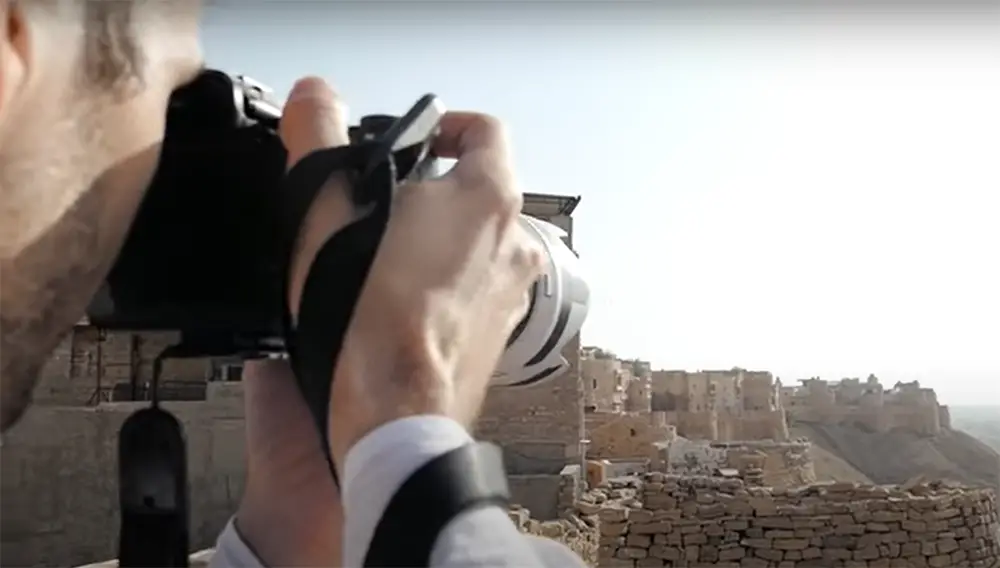
Telephoto lenses are available in both DSLR and mirrorless cameras. DSLR telephoto lenses are usually larger and heavier than mirrorless telephoto lenses, but they offer better image quality. Mirrorless telephoto lenses are lighter and more compact, making them a good choice for travel photography.
Pros:
- In certain situations, it may be used as a zoom lens;
- It has a focal length of 60mm or more;
- Make things seem further away;
- Distance rather than width is important in these shots;
- The camera may be moved in numerous ways to provide a number of perspectives and lighting;
Cons:
- To shift the subject’s focal point or distance, a physical movement is required from the photographer;
- It’s not very versatile, but it does stay in place;
- This setup has not been used for wide-angle photos;
- When you need many various focal lengths, it may be costly;
What is a Zoom Lens?
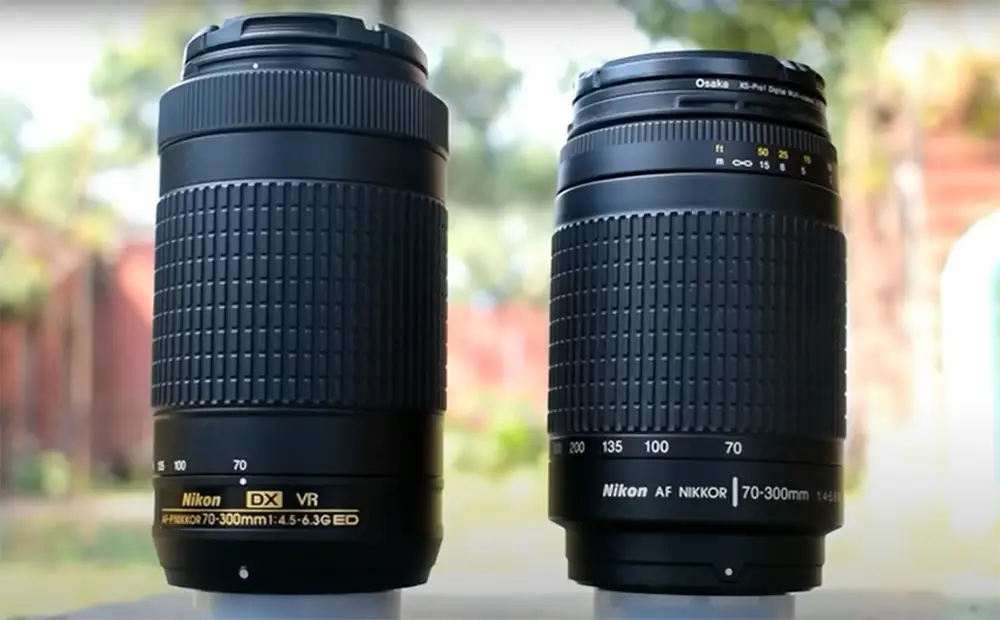
The most popular types of zoom lenses include [2]:
- Varifocal Lens. The length of the lens determines its field of view, which depends on how far you move it from your eye. When you change the focal length, it loses focus. Once a new focal length is chosen, the object must be re-focused. The majority of zoom lenses available on the market are varifocal lenses;
- Parfocal Lens. This zoom lens maintains focus at all four focal lengths, and it’s also known as a “real” zoom lens. The image quality is exceptional with this type of lens, but it’s also very expensive;
- Telescopic/Superzoom Lens. Zooms with a variable focal length are known as varifocal and parfocal zoom lenses. These types of zooms have a wider range of focal lengths than traditional varifocal and parfocal zoom lenses;
- Wide Angle Zoom Lens. This type of zoom lens allows you to change the focal length while still maintaining a similar horizontal field of view as compared to a normal zoom lens;
Zoom lenses are available in both DSLR and mirrorless cameras. DSLR zoom lenses are usually larger and heavier than mirrorless zoom lenses, but they offer better image quality. Mirrorless zoom lenses are lighter and more compact, making them a good choice for travel photography [3].
Pros:
- They are quite versatile. It means they may move in or out for a broader range of possibilities for a shot;
- Ideally, it should be used for wide landscape photographs;
- Is a potential middleman between wide-angle and telephoto lenses;
- Change the focal point without having to make physical adjustments on the part of the photographer;
- Lenses have a broader focal range than telephoto lenses;
Cons:
- Lenses that weigh more than telephoto lenses;
- Lenses are considered “slower”;
- With a quicker lens comes increased weight and length;
Basic Difference Between Telephoto And Zoom Lens
Almost every camera now includes zoom, which is a function that may be found in almost any camera. It enables photographers to magnify the subject of their photo to their desired degree.
A telephoto lens group is one that combines and arranges lenses in order to achieve even greater magnification than standard lenses. Telephoto lenses are designed to capture things at long distances, therefore they can’t shoot objects that are closer than the camera’s regular range since the pictures would appear blurry [4].
Telephoto lenses are best used for:
- Sports photography;
- Wildlife photography;
- Landscape photography;
Zoom lenses, on the other hand, can be used for a variety of different purposes and genres. They offer more versatility since they can be used for both close-up and far-away shots. Zoom lenses are also less expensive than telephoto lenses.
Some examples of when you would use a zoom lens include:
- Macro photography;
- Portrait photography;
- Architecture photography;

Telephoto lenses also have a variable focal length that allows you to alter and compose the subject appropriately. A telephoto zoom lens is one that has such capabilities. Telephoto zoom lenses, telephoto lenses without zoom, zoom lenses that are not telephoto, or ones that are neither a telephoto lens nor a zoom lens all exist.
Zoom has become an acceptable feature in recent years, and it is frequently included in cameras from stores. Optical zoom refers to a camera with a moving mechanism that uses lenses to change the focal length, whereas digital zoom refers to a camera’s software that alters the picture to give some degree of magnification while sacrificing image quality.
Telephoto lenses are fairly uncommon because of their steep price, large size, and limited application. Telephoto lenses are typically used by professional sports photographers who shoot events like soccer or football, where the field is enormous and you are not permitted to approach closer to take your shot. Alternatively, those that capture dangerous animals in the wild require extra distance for safety.
Summing up, the term “telephoto” is used to describe a longer than average lens while “zoom” is used to refer to a lens that can change its focal length.
There are several main differences between telephoto and zoom lenses:
- Telephoto lenses have a fixed focal length, while zoom lenses have a variable focal length;
- Telephoto lenses are designed for long-distance photography, while zoom lenses are more versatile and can be used for both long-distance and close-up photography;
- Telephoto lenses are usually larger and heavier than zoom lenses;
- Zoom lenses typically have a wider field of view than telephoto lenses;
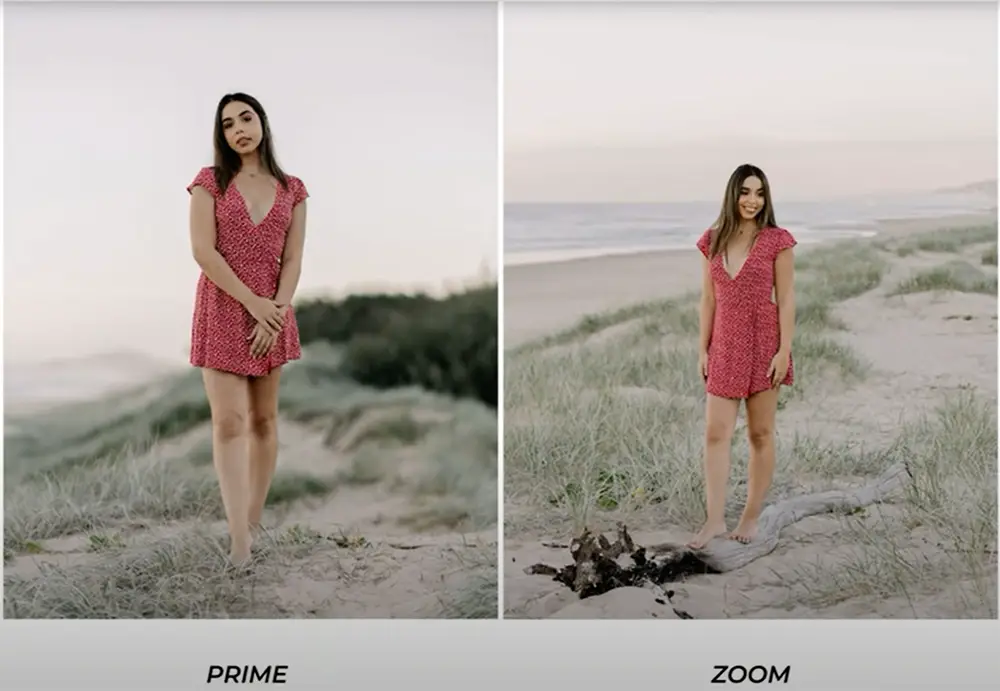
Both telephoto and zoom lenses have their pros and cons, so it’s important to choose the right type of lens for your needs. If you’re interested in long-distance photography, then a telephoto lens is a good option. If you need a more versatile lens that can be used for both long-distance and close-up photography, then a zoom lens is a better choice.
When Should I Use a Telephoto Prime Lens?
If you’re shooting wildlife, sports, or any other type of action, a telephoto prime lens is ideal. That’s because they have large apertures that allow you to shoot at fast shutter speeds. This is important for two reasons: first, it helps freeze the action; and second, it reduces camera shake.
Finally, telephoto lenses tend to produce images with a shallower depth of field than shorter lenses. This means that you can more easily create images with a soft, blurred background.
When Should I Use a Zoom Lens?
Zoom lenses are ideal for everyday shooting, especially if you don’t know ahead of time what you’ll be photographing. That’s because they offer flexibility: you can zoom in for close-up shots or zoom out for wide-angle views.
Another advantage of zoom lenses is that they tend to be lighter and more compact than prime lenses. This makes them easier to carry around, which is especially important if you’re traveling or hiking.
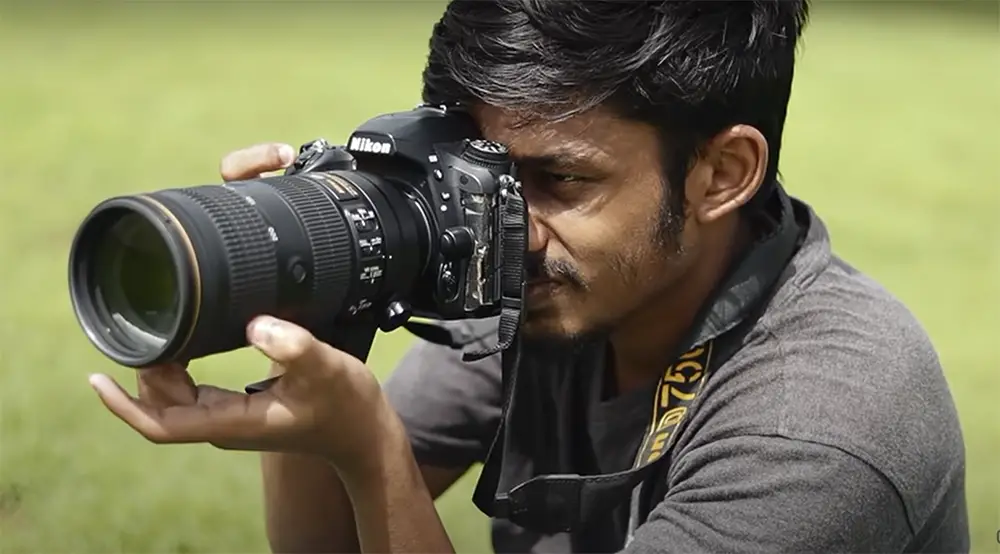
Finally, zoom lenses typically have image stabilization built-in, which helps reduce camera shake. This is a valuable feature if you’re shooting in low-light conditions or at slow shutter speeds.
Telephoto lenses and zoom lenses both have their pros and cons, so it’s important to choose the right type of lens for your needs. If you need to take close-up photos of distant subjects, a telephoto lens is a good choice. If you need to take photos of subjects at different distances, a zoom lens is a good choice. Whichever type of lens you choose, make sure it’s compatible with your camera.
Comparison of Telephoto Lens vs. Zoom Lens
When it comes to photography, lenses are an essential component that can significantly impact the final result. Telephoto lenses and zoom lenses are two popular options among photographers. Here is a comparison of the main differences between these two types of lenses based on various indicators.
| Indicator | Telephoto Lens | Zoom Lens |
|---|---|---|
| Focal Length | Long focal length (above 60mm) | Variable focal length |
| Aperture | Narrower aperture | Wider aperture |
| Image Quality | High image quality | Variable image quality |
| Price | Expensive | Varies, but generally less expensive than telephoto lenses |
| Size and Weight | Large and heavy | Smaller and lighter |
| Zooming Capability | No zooming capability | Variable zooming capability |
| Usage | Ideal for capturing distant objects or portraits | Versatile, suitable for a range of photography types |
Telephoto lenses are typically designed for capturing distant objects or portraits, while zoom lenses offer versatility and are suitable for a range of photography types. Telephoto lenses generally have a longer focal length, narrower aperture, and higher image quality, but they can be expensive and large and heavy. In contrast, zoom lenses have a variable focal length and aperture, variable image quality, and can be less expensive and smaller and lighter. Choosing the right type of lens depends on the specific photography needs and preferences.
If you want to take pictures like a professional, read the following guides:
FAQ
What is the difference between a telephoto lens and a normal lens?
A “telephoto” lens is one with a longer focal length than usual, resulting in a greater magnification of the object and a smaller field of view than the normal lens. The terms “wide-angle” and “telephoto”, when referring to lenses, are not precise [5].
A wide-angle lens has a shorter focal length and a wider field of view, while a telephoto lens has a longer focal length and a narrower field of view.
While most zoom lenses fall somewhere in the middle of the wide-angle and telephoto spectrum, there are some that lean more one way or the other. A true telephoto lens has a fixed focal length (or at least only one zoom setting).
This is in contrast to the vast majority of zoom lenses, which have what is called a variable focal length. In other words, when you’re using a telephoto lens, you can’t change how much it magnifies your subject without physically moving closer to or further away from it.
Are all telephoto lenses considered zoom lenses?
The term “telephoto lens”, as amateurs sometimes use it, refers to a zoom lens. These lenses are not the same. A telephoto lens has a long reach — typically 60mm or more — but does not necessarily need to move through various focal lengths [6].
A zoom lens, on the other hand, covers a range of focal lengths. The most popular types of consumer zoom lenses are what are called “varifocals” which means they have a fixed maximum aperture throughout their zoom range.
What lens do I need for the long-distance shots?
This question frequently comes up, especially among sports and wildlife photographers. The answer isn’t always simple though, as there are actually two types of lenses that can be used for long-distance photography – telephoto lenses and zoom lenses. So, what’s the difference between the two?
Telephoto lenses are designed specifically for long-distance photography. They have a narrow field of view and a long focal length, which allows them to capture distant subjects with ease. Zoom lenses, on the other hand, have a wider field of view and shorter focal length. This makes them better suited for general purpose photography, but they can still be used for long-distance shots if needed.
Are telephoto lenses good for video?
In general, no. The long focal length of a telephoto lens results in a shallow depth of field. This can be problematic when trying to keep both the foreground and background in focus. Additionally, the narrow field of view often leads to shaky video footage.
There are some exceptions, however. If you’re shooting static subjects like nature scenes or buildings, a telephoto lens can produce beautiful results. Just be sure to use a tripod to keep your camera steady.
Are zoom lenses good for video?
They’re also better for depth of field, and video footage looks clearer when shot with them since they are designed to be sharp at just one focal length. As a result, it’s easier for manufacturers to create a really sharp prime lens than zoom lenses that must be clear at varying focal lengths [7].
But while zoom lenses are optically better for video, they’re not necessarily the best choice. That’s because zooming in and out while recording can create a noticeable camera shake. If you need to zoom in during your video, it’s often better to do so before you start recording. Then, you can keep your camera steady by mounting it on a tripod or other support.
What is the difference between digital zoom and optical zoom?
Optical zoom adjusts the distance between the camera sensor and subject through a physical change in a lens, whereas digital zoom enlarges an area of an image by using magnification technology (thereby reducing picture quality) [8]. In other words, digital zoom isn’t “true” zoom because it doesn’t actually take the photographer closer to the subject.
Optical zoom is what we traditionally think of when we talk about zooming in on a subject. This type of lens uses a series of glass elements (lens elements) to physically move the camera sensor closer to or further away from the subject. The advantage of optical zoom is that it doesn’t reduce the image quality as digital zoom does.
Digital zoom relies on software algorithms to enlarge an area of the image and then crop out the surrounding pixels. This might make sense if you want to take a close-up photo of something small, like a flower, but you don’t have a macro lens. In this case, you can use digital zoom to get closer to the subject without losing too much image quality.
However, if you’re trying to take a photo of something larger, like a landscape or a group of people, digital zoom is not the best option because it will reduce the overall image quality.
What is the fastest telephoto lens?
The longest and fastest telephoto lens for Canon EOS DSLRs is the EF 600mm f/d DO IS II USM Lens. This massive piece of glass has a focal length of 600mm and a maximum aperture of f/d. The minimum focus distance is 14.76 feet (450cm) and the weight is 154.25 oz (4370g) [9].
For Nikon DSLRs, the longest and fastest telephoto lens is the AF-S Nikkor 800mm f/56E FL ED VR Lens. This lens has a focal length of 800mm and a maximum aperture of f/56. The minimum focus distance is 13.12 feet (400cm) and the weight is 168 oz (4760g) [10].
What camera lenses are good for what?
Wide-angle lenses are great for landscape photography, while telephoto lenses are perfect for getting up close and personal with your subject. But what’s the difference between a telephoto lens and a zoom lens? Here’s a quick rundown of the main differences between these two types of camera lenses.
Telephoto lenses have a narrow field of view, whereas zoom lenses have a wider field of view. This means that telephoto lenses are better for focusing on one specific thing, such as a person or an animal. Zoom lenses, on the other hand, are better for taking in more of the scene around you.
Telephoto lenses also have a longer focal length than zoom lenses. This means that they can magnify objects more than zoom lenses can. This is why telephoto lenses are often used for things like wildlife photography and sports photography.
One final difference between telephoto lenses and zoom lenses is that telephoto lenses are usually more expensive than zoom lenses. This is because they require more glass and metal to produce, and they often have more features than zoom lenses do.
How much magnification is a 600mm lens?
With a 600mm lens, you can magnify your subjects by 12x. You have the same field of view as an eye with a 50mm lens, so 600/50 equals 12, and it’s the number of times you may zoom into the subject [11].
What is a good focal length for wildlife photography?
The best focal length for wildlife photography depends on how close you can get to your subject. If you’re photographing animals in the wild, you’ll need a long lens so that you can photograph them from a distance without disturbing them. A telephoto lens with a focal length of 600mm or more will allow you to fill the frame with your subject and capture all the details.
A telephoto lens is a type of camera lens designed for distant subjects. The most common use for this type of lens is in sports and nature photography, where the photographer needs to be far away from their subject. Telephoto lenses are also useful for portraits, as they allow the photographer to capture a close-up of the subject without being too close and making them feel uncomfortable.
What is the key difference between a telephoto lens and a zoom lens?
A zoom lens is a type of camera lens that allows you to change the focal length, which means you can zoom in and out without moving the camera.
A telephoto lens has a fixed focal length, so you can’t zoom in or out.
The main advantage of a telephoto lens is that it’s much lighter and smaller than a zoom lens, making it easier to carry around.
Telephoto lenses are ideal for distant subjects, while zoom lenses are better for close-up shots. If you’re not sure which one to choose, it’s best to ask a professional photographer or rent both types of lenses before deciding which one is right for you.
Useful Video: Telephoto Lens vs Zoom Lens
References:
- https://www.allcamerasportal.com/lens/telephoto-lens-vs-zoom-lens/
- https://www.allcamerasportal.com/lens/telephoto-lens-vs-zoom-lens/
- https://yourphotoadvisor.com/telephoto-vs-zoom-lens-whats-the-difference/
- http://www.differencebetween.net/object/difference-between-zoom-and-telephoto/
- https://www.videologyinc.com/support-lens-handbook-pg5.htm
- https://www.masterclass.com/articles/photography-101-what-is-a-telephoto-lens#quiz-0
- https://www.reelartsmedia.com/single-post/primevszooms
- https://www.masterclass.com/articles/whats-the-difference-between-optical-zoom-and-digital-zoom
- https://www.dpreview.com/products/canon/lenses/canon_600_4p0_is_ii
- https://www.nikonusa.com/en/nikon-products/product/camera-lenses/af-s-nikkor-800mm-f%252f5.6e-fl-ed-vr.html
- https://camlense.com/how-far-can-you-shoot-with-a-600mm-lens/






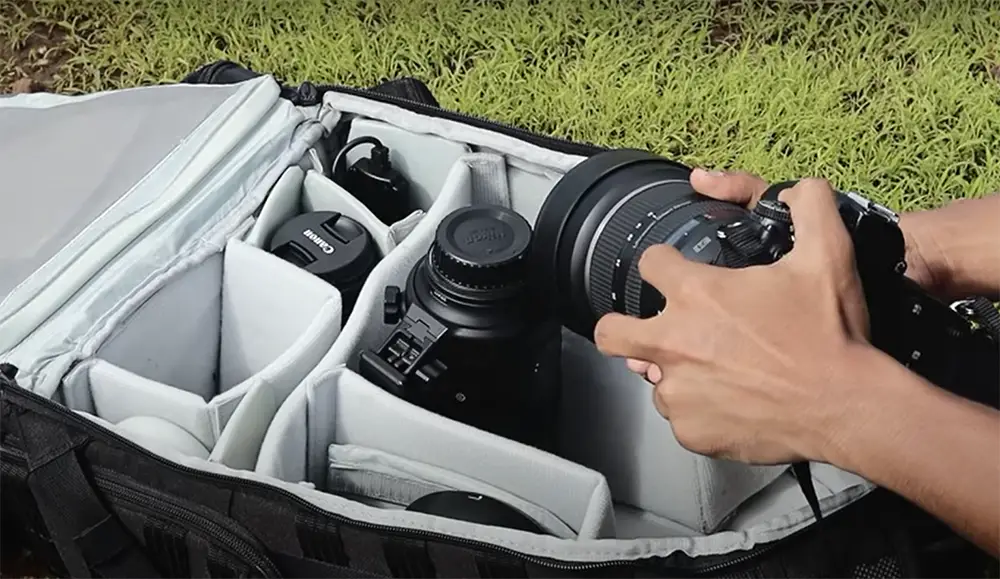
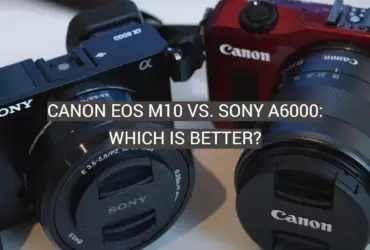

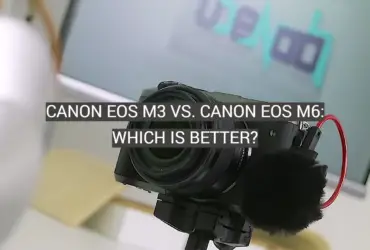
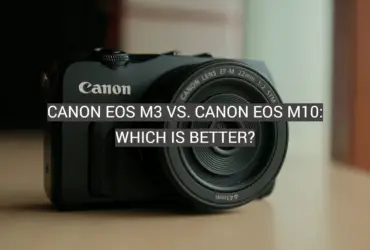

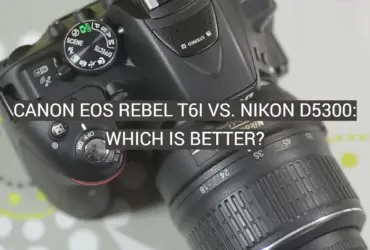
A few years ago, my husband and I went on a trip to the Grand Canyon. We were both really excited to see one of the natural wonders of the world.
We had planned to hike down into the canyon and spend a few hours exploring before hiking back up. However, when we got there, we realized that the view was much different than we had expected. The canyon was so big that it was hard to appreciate from ground level.
We decided to hike down a bit further and found a spot where we could really take in the scale of the canyon. We snapped some photos with our phones to capture the moment.
The photos we took from down in the canyon turned out great, but when we looked at them later, we realized that they didn’t do justice to how amazing the view actually was.
We wished that we had brought a telephoto lens with us so that we could have gotten closer shots of the canyon walls. Next time, we’ll definitely be sure to pack one!
When I was younger, my family and I went on a safari in Africa. We were able to see the animals so clearly from such a far distance. I later found out that we were using telephoto lenses the whole time! Telephoto lenses are great for getting close up shots of objects or animals from a far away distance without having to be too close. This is why they are often used by photographers or journalists who need to get shots of news events from a distance.
I remember the first time I ever used a telephoto lens. I was out photographing a nature preserve and I had my Canon Rebel camera with the standard 18-55mm lens. I saw some birds in the distance and decided to try to zoom in on them. I turned the zoom ring on the lens, but instead of getting closer to the birds, they just got smaller and smaller in the frame. I was so disappointed!
Later, when I was researching photography tips online, I learned about telephoto lenses and how they work. A telephoto lens is specifically designed for zooming in on faraway objects. It has a longer focal length than a standard lens, which allows it to capture more details from a distance.
I decided to give telephoto lenses another try, and I’m so glad that I did! Nowadays, I almost always use a telephoto lens when photographing landscapes or animals because it allows me to get those beautiful close-up shots that are impossible with a standard lens.
As a nature photographer, I often need to get close to my subject while still retaining detail and sharpness. This is where a telephoto lens comes in handy. A telephoto lens is designed to magnify the image, making it ideal for photos of wildlife or sports. I have used a telephoto lens to capture some amazing images of bald eagles and hummingbirds in flight.
A zoom lens is also a good option for photographing wildlife or sports, but it cannot achieve the same level of magnification as a telephoto lens. A zoom lens gives you the flexibility to change the focal length, which can be helpful when you need to adjust your composition quickly. I have used a zoom lens to photograph athletes at a distance and also to capture portraits with a shallow depth of field.
I’ve found telephoto lenses to be incredibly handy for a variety of different situations. One of my favorite applications for telephoto lenses is wildlife photography. By using a telephoto lens, I’m able to get close-ups of animals that would be much too far away if I were using a standard zoom lens. This can be really helpful in getting pictures of animals that are in the process of running away, since they’ll often be closer to the camera when they’re in mid-stride.
Another great use for telephoto lenses is in sports photography. When shooting sporting events, it’s often difficult to get close to the action without risking being in the way. However, by using a telephoto lens, you can get shots of the action from a distance without having to worry about being in the way. This can be especially helpful when photographing fast-paced sports like soccer or hockey.